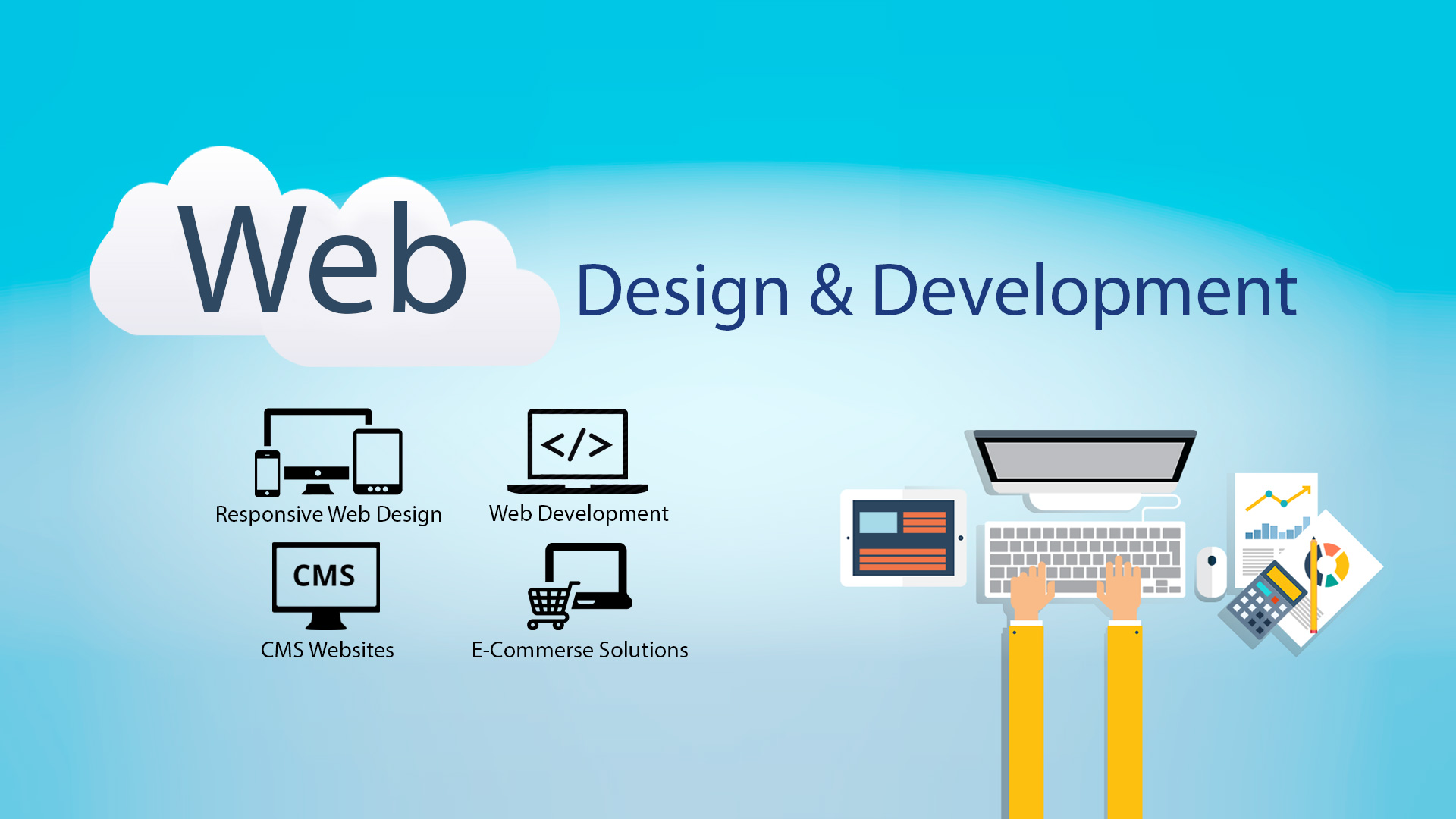
As the digital landscape continues to evolve, a new frontier is emerging that promises to revolutionize the way we interact online. Web3 development represents a transformative shift from the traditional web experience, introducing decentralization, enhanced user control, and innovative technologies like blockchain and smart contracts. This shift is not just a technological upgrade; it signifies a fundamental change in how we think about ownership, privacy, and community in the digital space.
In this exploration of Web3 development, we will delve into the key concepts that are driving this movement forward. From decentralized applications to the role of cryptocurrencies, understanding Web3 is essential for anyone who wants to grasp the future of the internet. As we navigate through the opportunities and challenges that come with this new paradigm, it becomes clear that Web3 is not merely a trend but a pivotal evolution that will shape the digital experiences of generations to come.
Understanding Web3 Technologies
Web3 development represents a shift in how applications are built and how users interact with digital platforms. It encompasses decentralized technologies that prioritize user control and data privacy, leveraging blockchain to create a more secure and transparent online environment. At its core, Web3 aims to eliminate intermediaries by enabling peer-to-peer interactions, fundamentally transforming traditional internet dynamics.
One of the key components of Web3 is the blockchain, which serves as a distributed ledger technology. This allows for the verification of transactions in a way that is immutable and transparent to all participants in the network. Smart contracts, self-executing contracts with the terms of the agreement directly written into code, are another crucial element. They automate processes and ensure trustless interactions, further empowering developers to build robust decentralized applications that can operate without central authority.
In addition to blockchain and smart contracts, decentralized finance, or DeFi, has emerged as a significant sector within Web3 technologies. thirdweb DeFi provides financial services without traditional banks, utilizing various protocols and tokens to foster innovation in lending, borrowing, and trading. As more developers explore the potential of Web3, the ecosystem continues to expand, inviting collaboration and creative solutions that address existing shortcomings in traditional systems.
Key Challenges in Web3 Development
One of the primary challenges in Web3 development is the complexity of blockchain technology itself. Developers often need to understand various consensus mechanisms, smart contract programming languages, and the intricacies of decentralized networks. This steep learning curve can deter new developers from entering the space, making it difficult to build robust and secure applications. Additionally, as blockchain technology evolves rapidly, developers must continually update their knowledge and skills to stay relevant.
Another significant challenge is interoperability between different blockchain platforms. Many Web3 applications are built on diverse blockchains, each with its own standards and protocols. Ensuring seamless communication and data exchange across these platforms is crucial for the broader adoption of Web3 technologies. However, achieving this interoperability requires extensive collaboration and standardization efforts, which can be a slow and cumbersome process.
Finally, security remains a critical concern in Web3 development. The decentralized nature of blockchain can lead to unique vulnerabilities in smart contracts and dApps. Developers must prioritize security best practices to protect their applications from potential attacks and exploits. With numerous high-profile hacks in the crypto space, building trust with users is essential, pushing developers to invest substantial time and resources into security audits and testing strategies to mitigate risks effectively.
Future Trends in Web3
The future of Web3 development is poised to transform how we interact online, creating a more decentralized and user-centric internet. As blockchain technology continues to mature, we can expect the emergence of more sophisticated decentralized applications that prioritize user sovereignty and privacy. This shift is likely to encourage widespread adoption as users become increasingly aware of the implications of data privacy and digital ownership.
Interoperability between different blockchain networks is another key trend that will shape the future of Web3 development. As more projects emerge, the ability for these networks to communicate effectively with one another will be vital. This will allow developers to create seamless user experiences across multiple platforms, enhancing the functionality of dApps and facilitating broader participation in decentralized finance, governance, and other areas.
Lastly, the integration of artificial intelligence and machine learning with Web3 infrastructure presents exciting possibilities. These technologies have the potential to enable smarter contract execution, enhance decision-making processes within decentralized organizations, and improve user experiences. As Web3 continues to evolve, the synergy between these domains will drive innovation and provide new tools for developers, fostering a more dynamic and responsive decentralized ecosystem.

